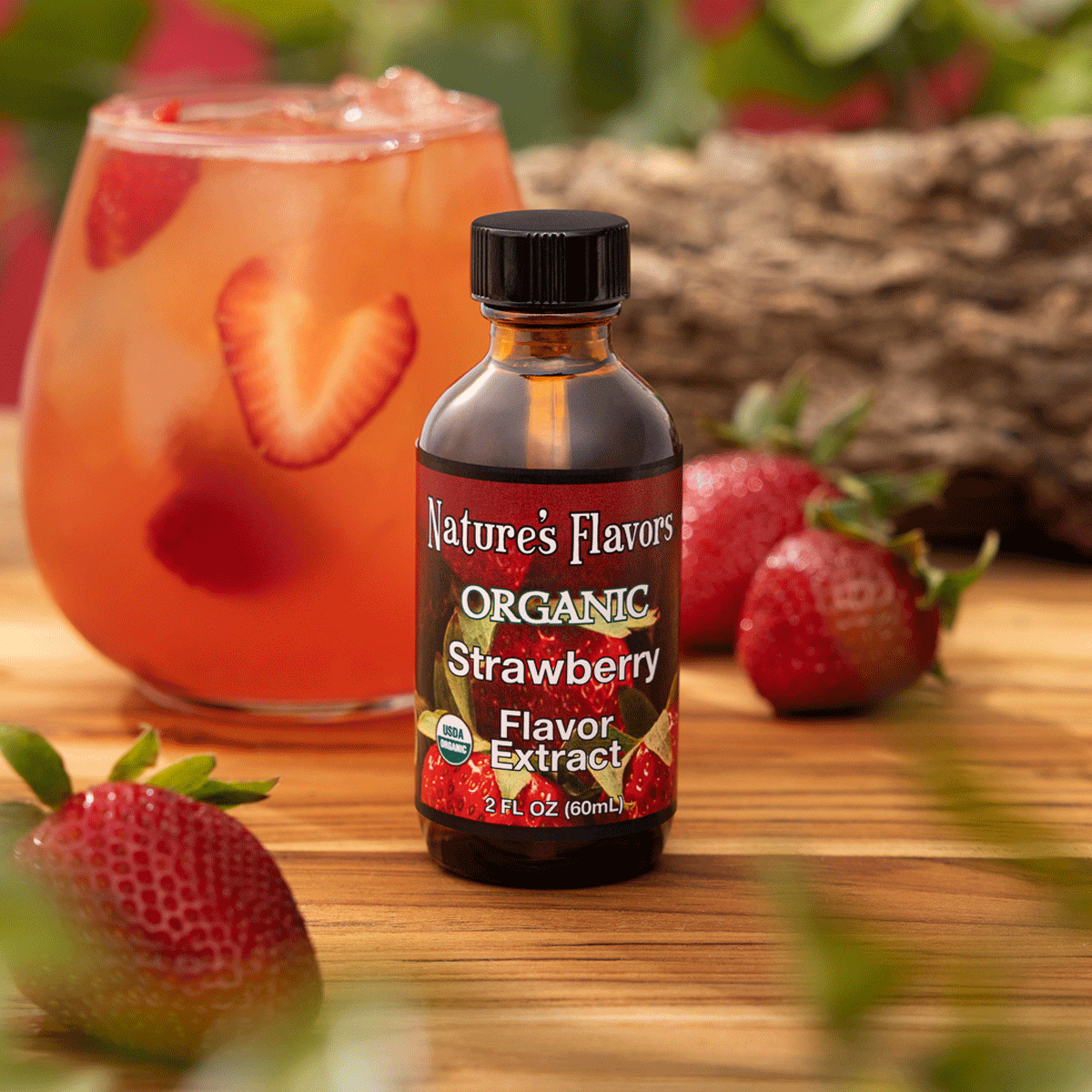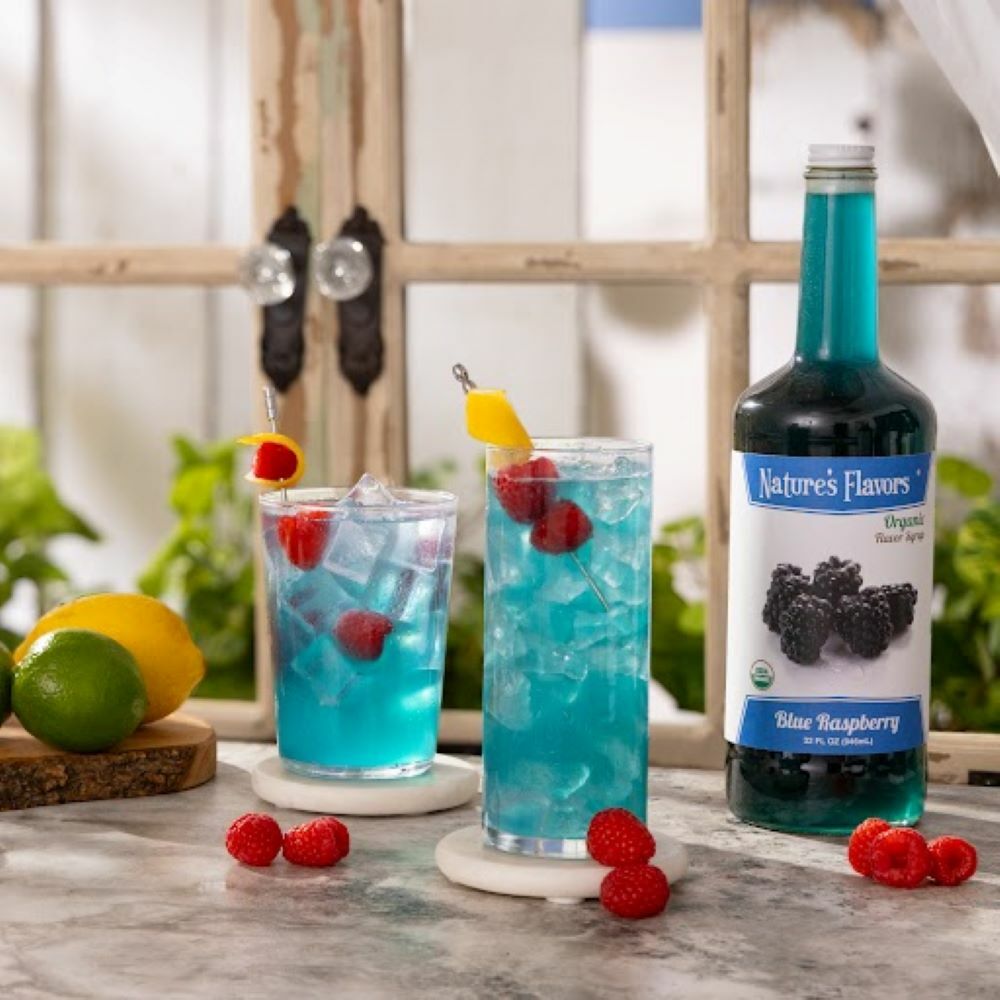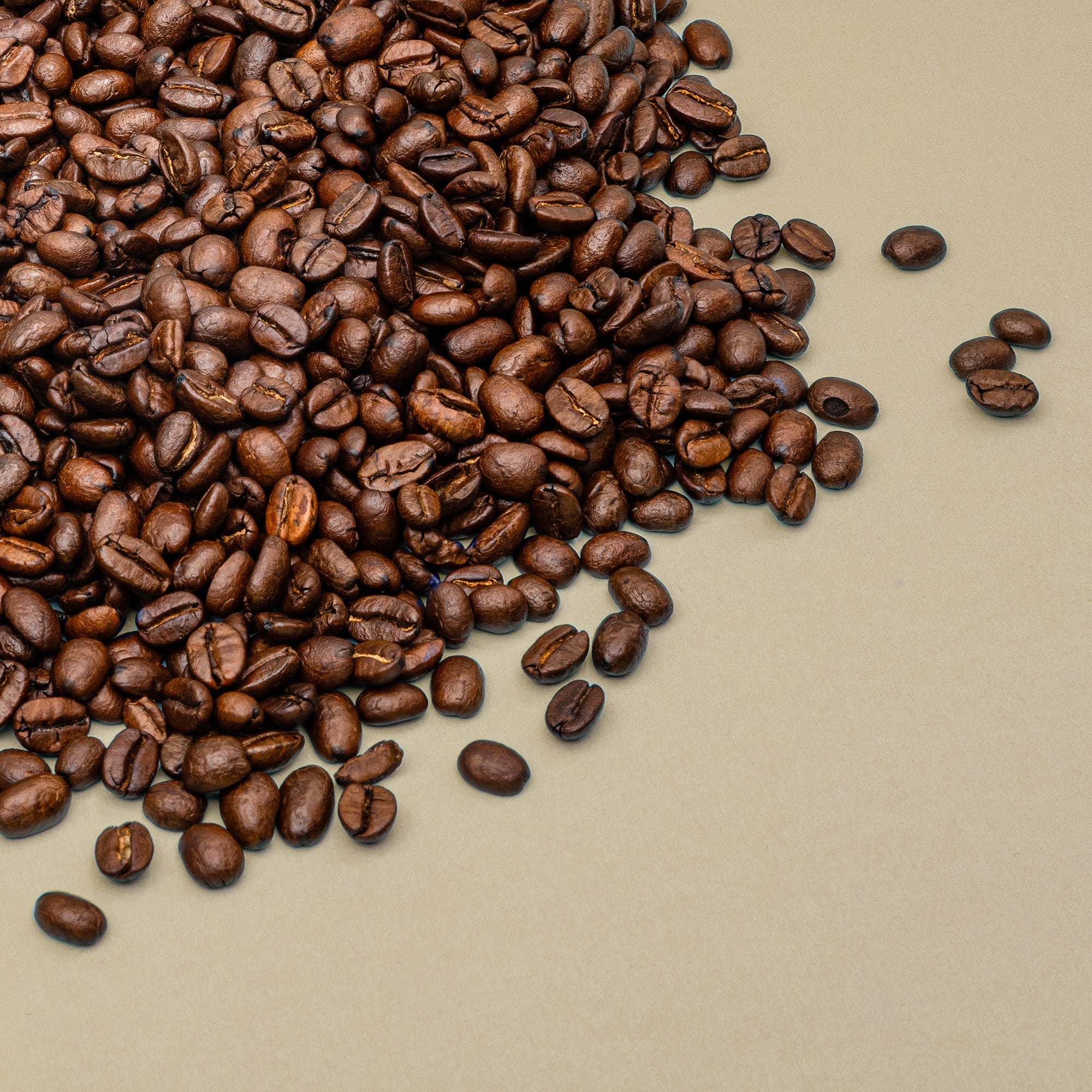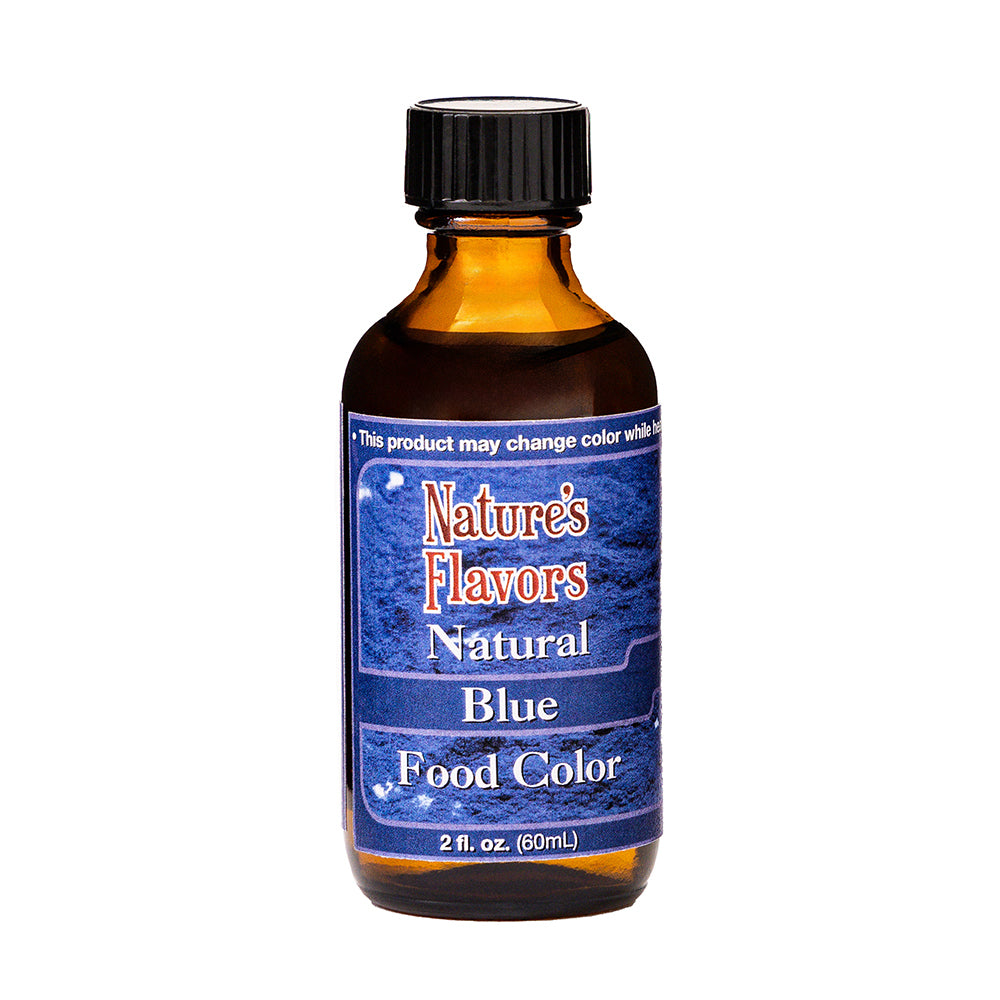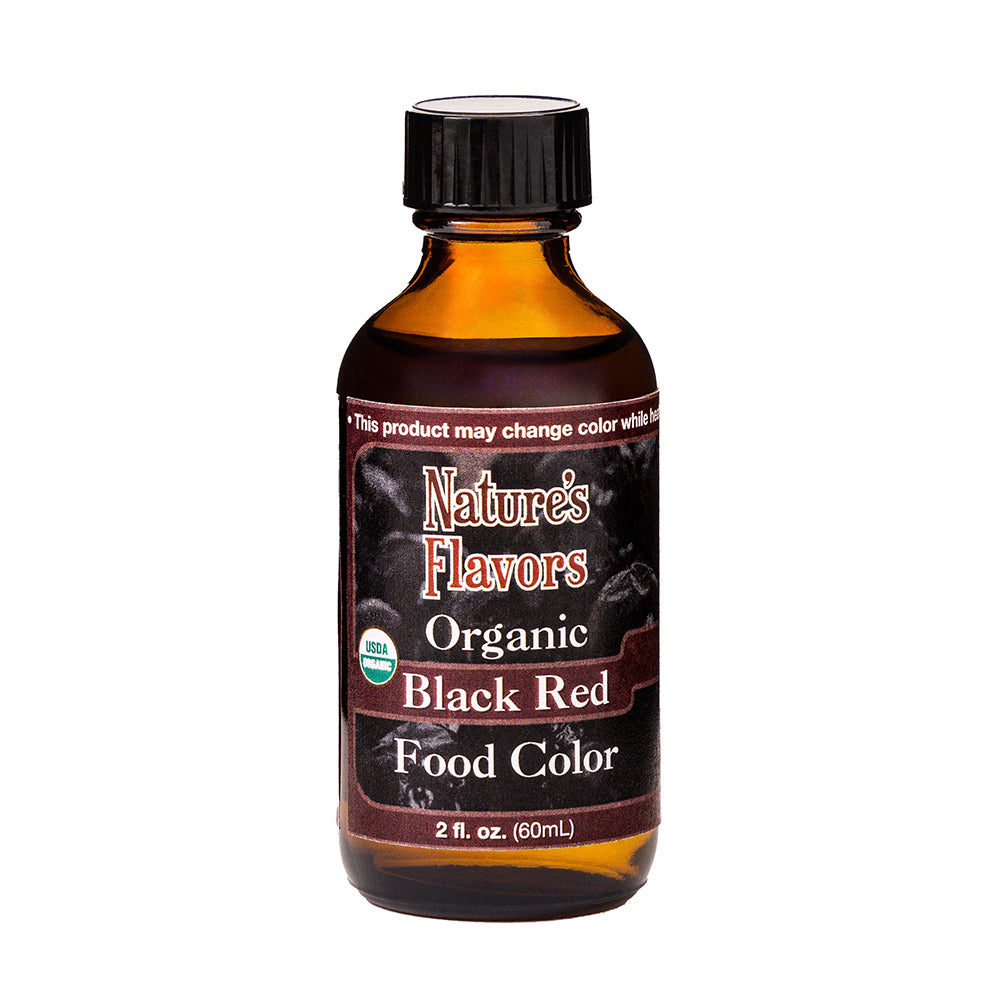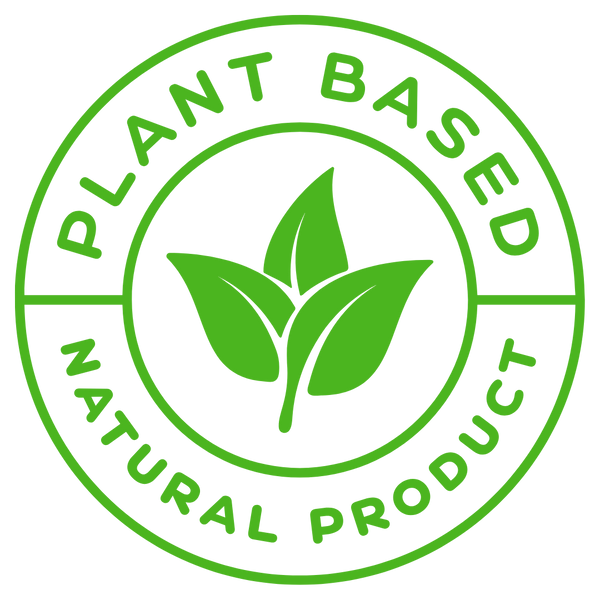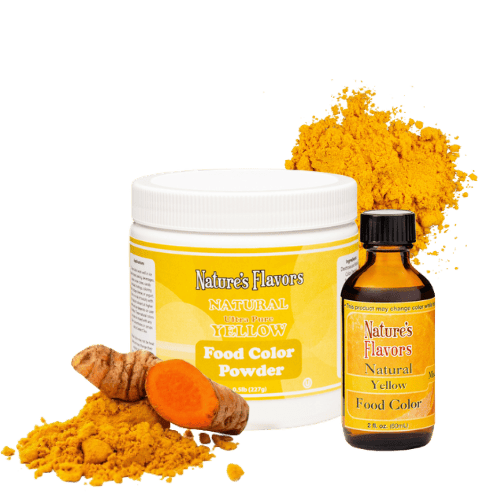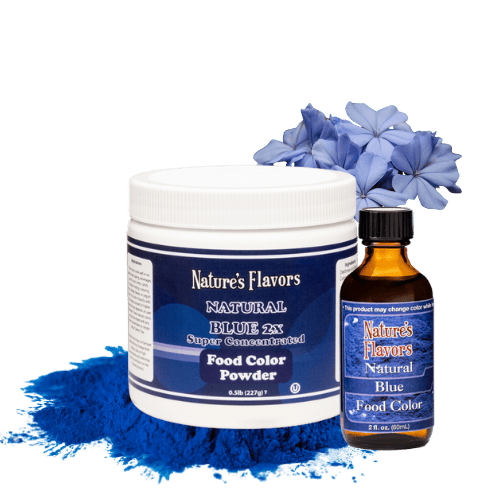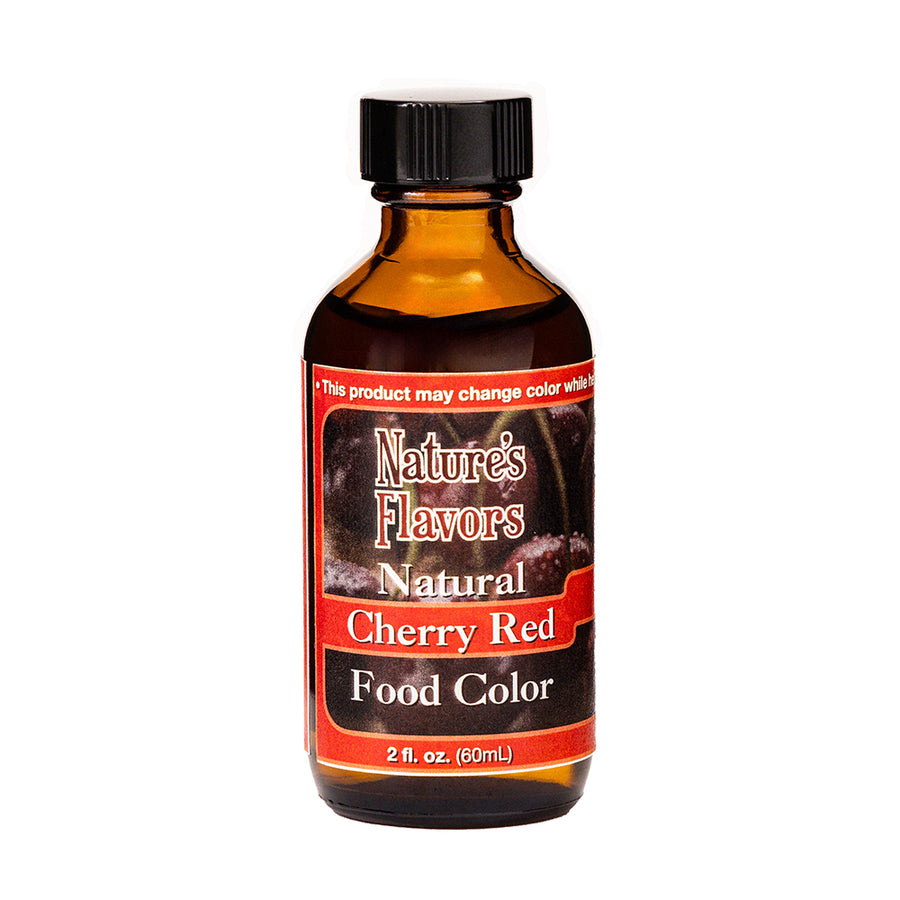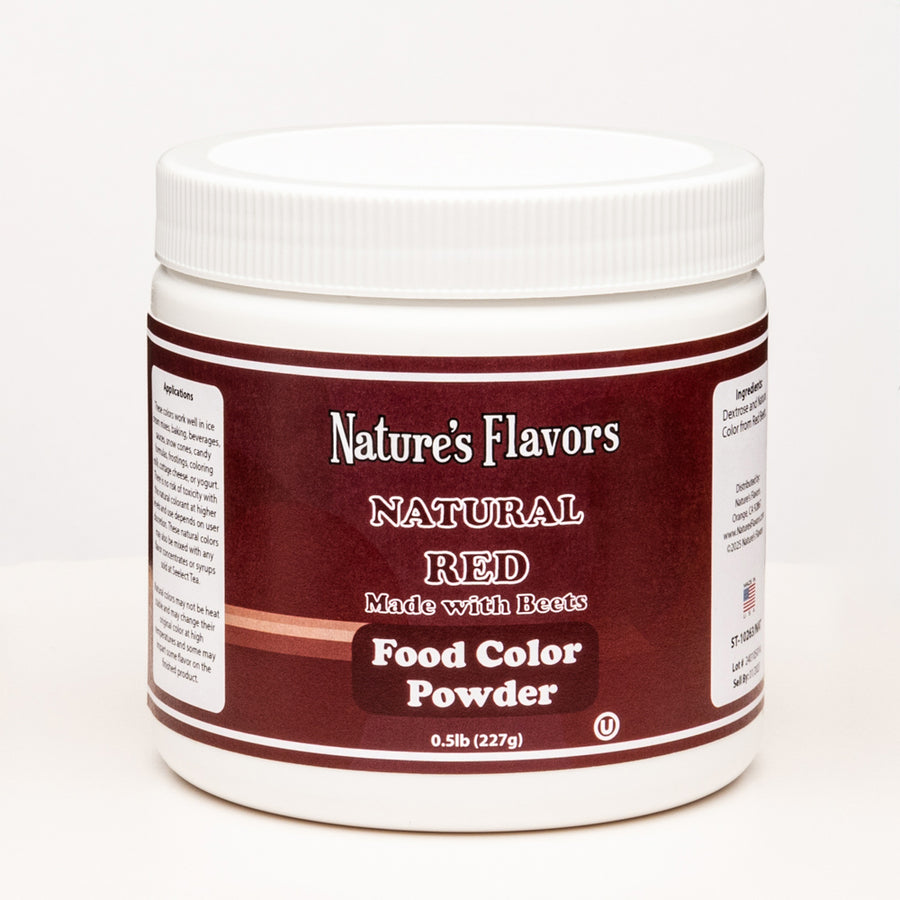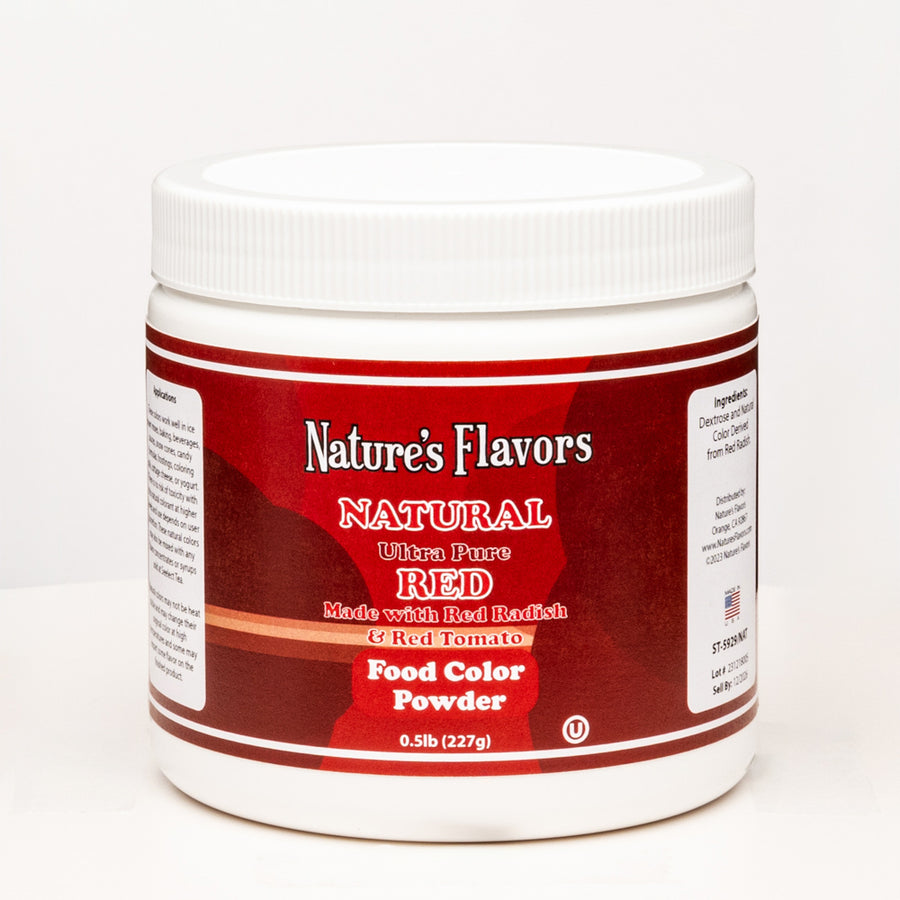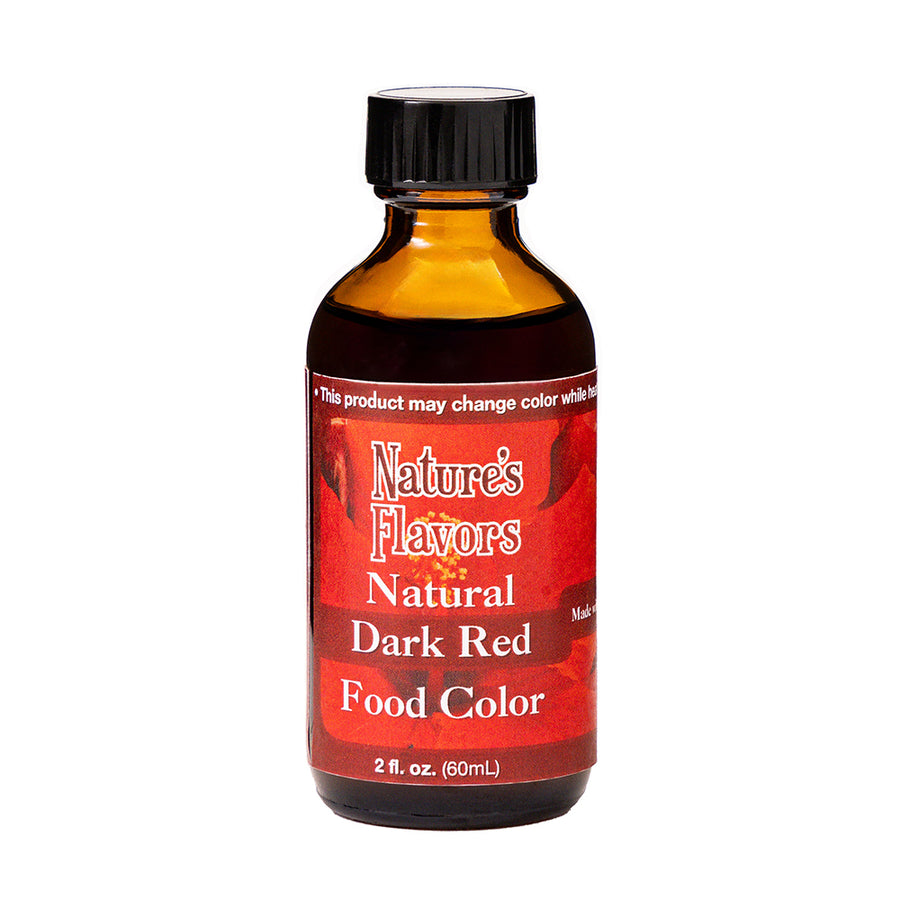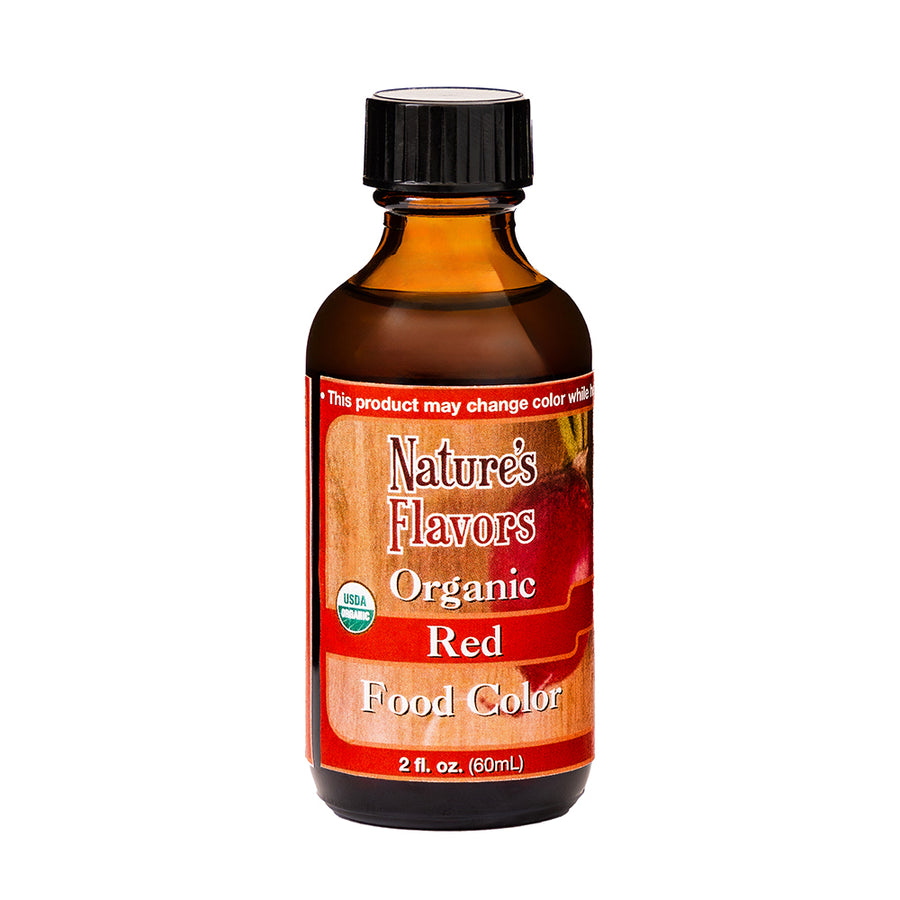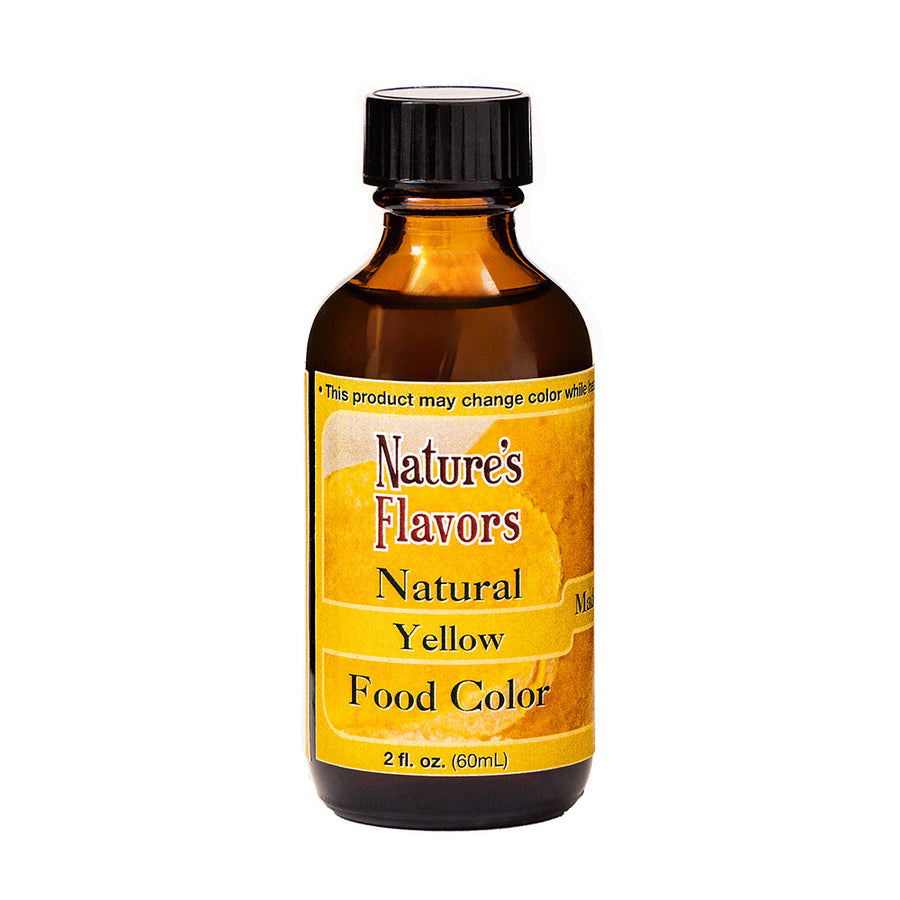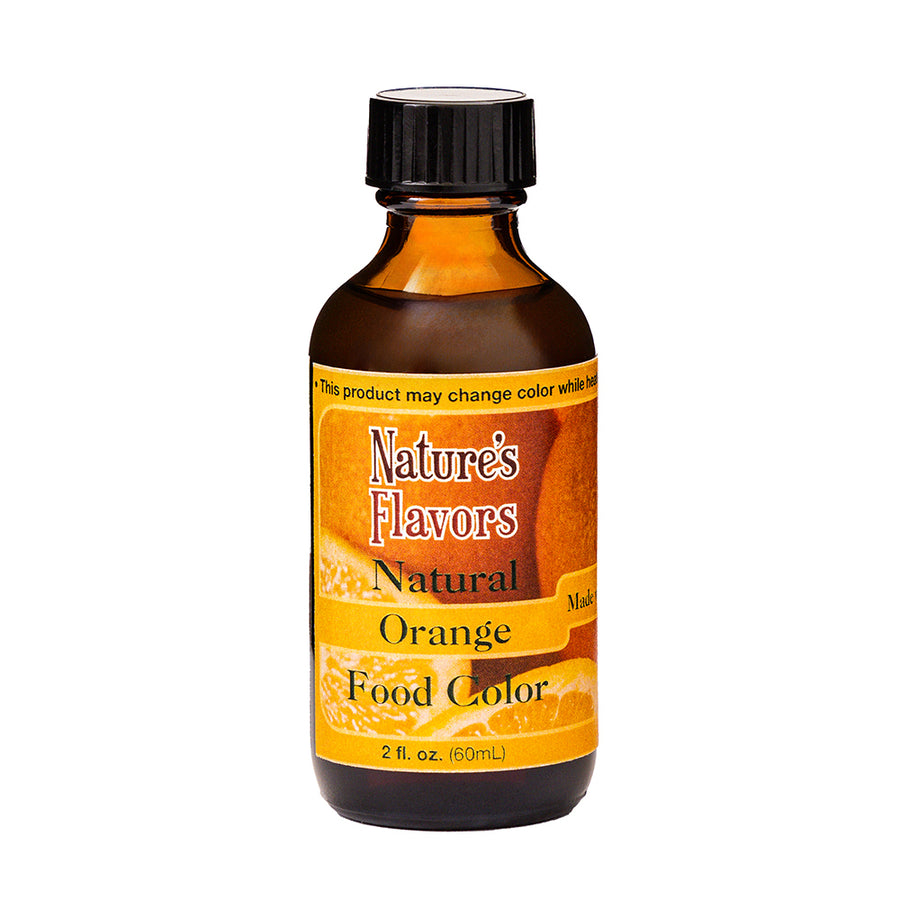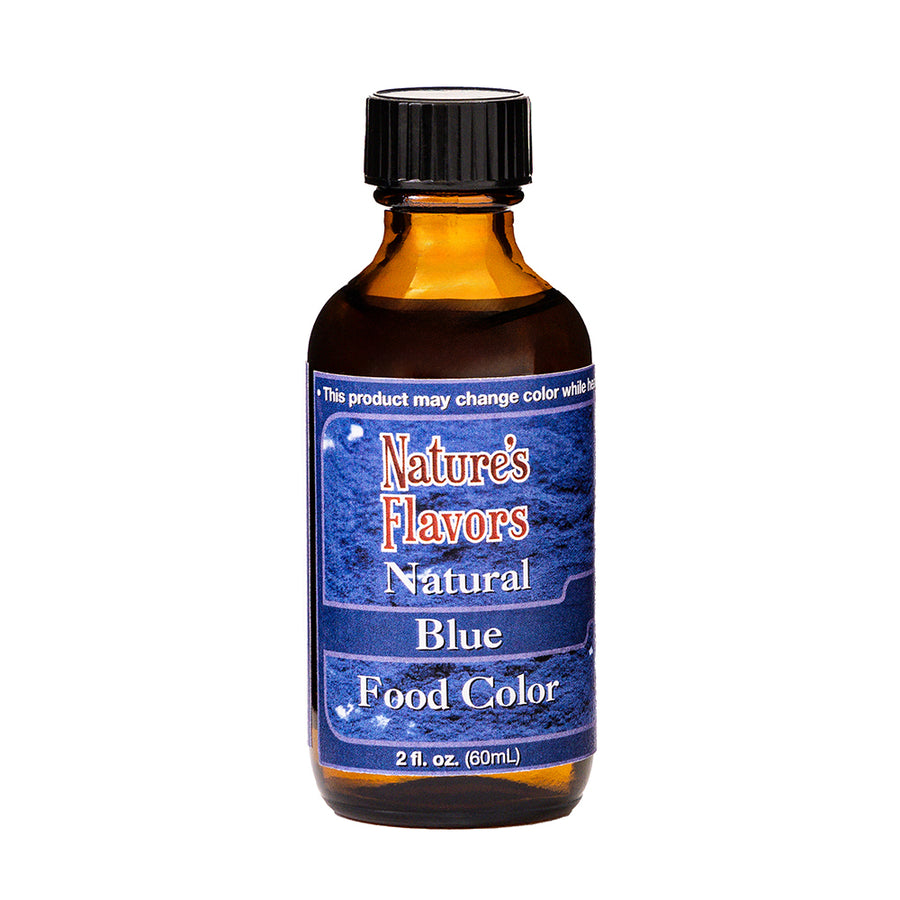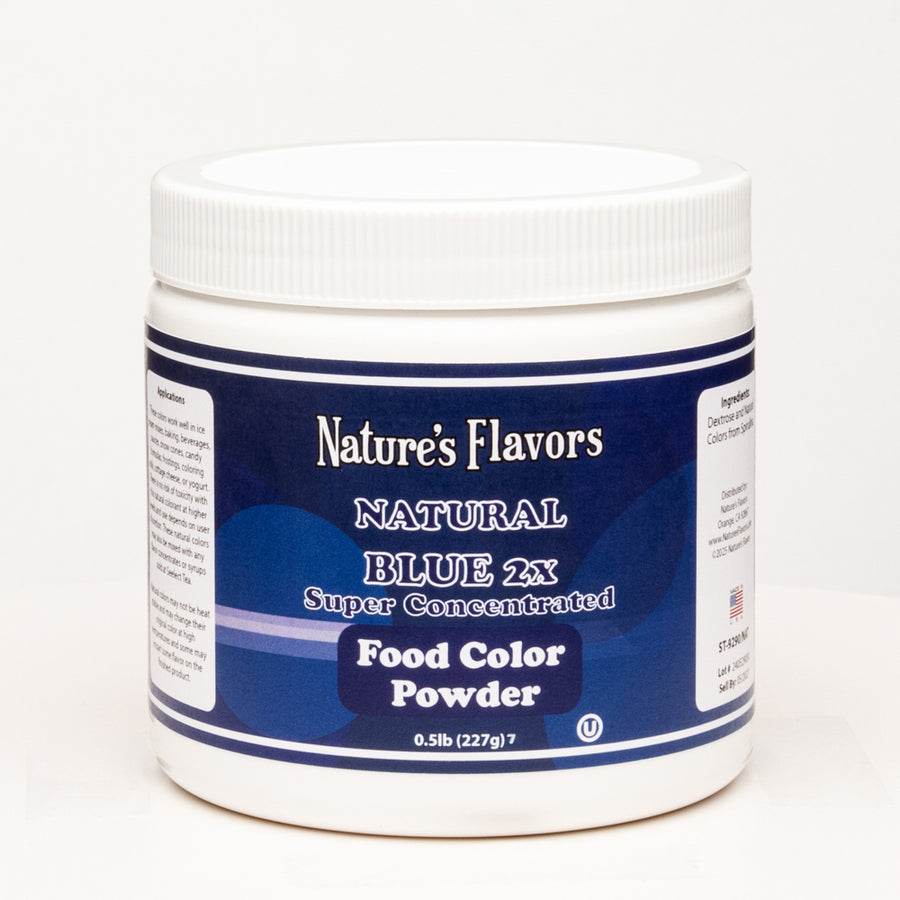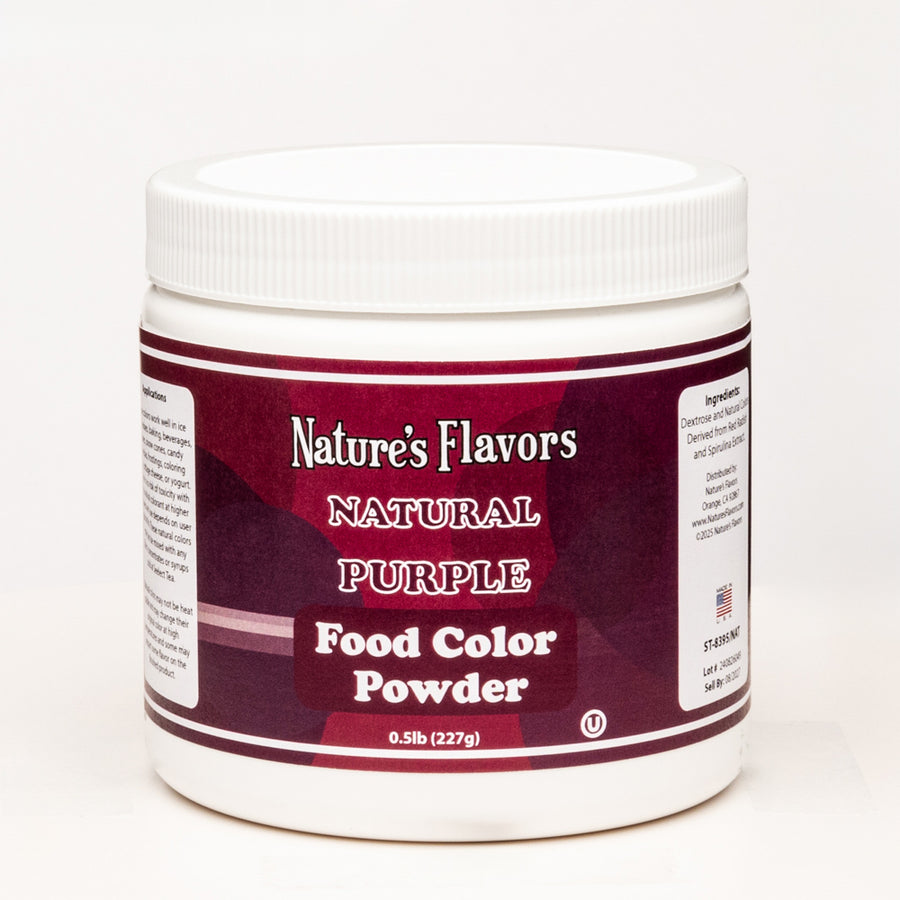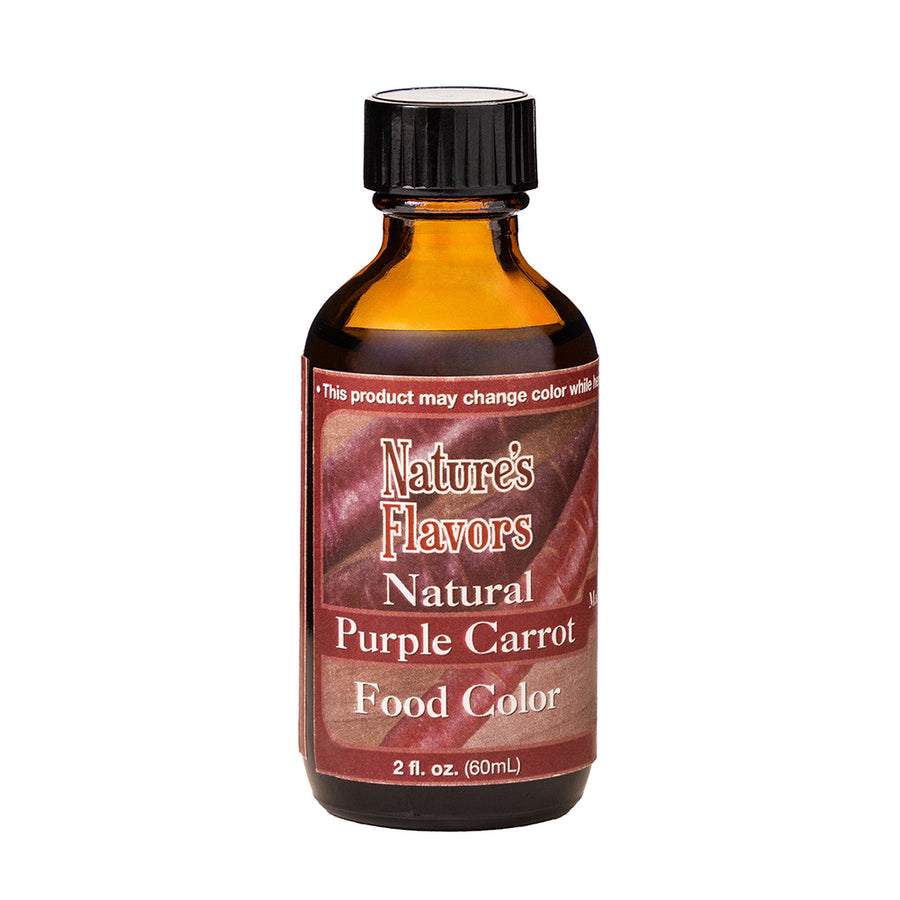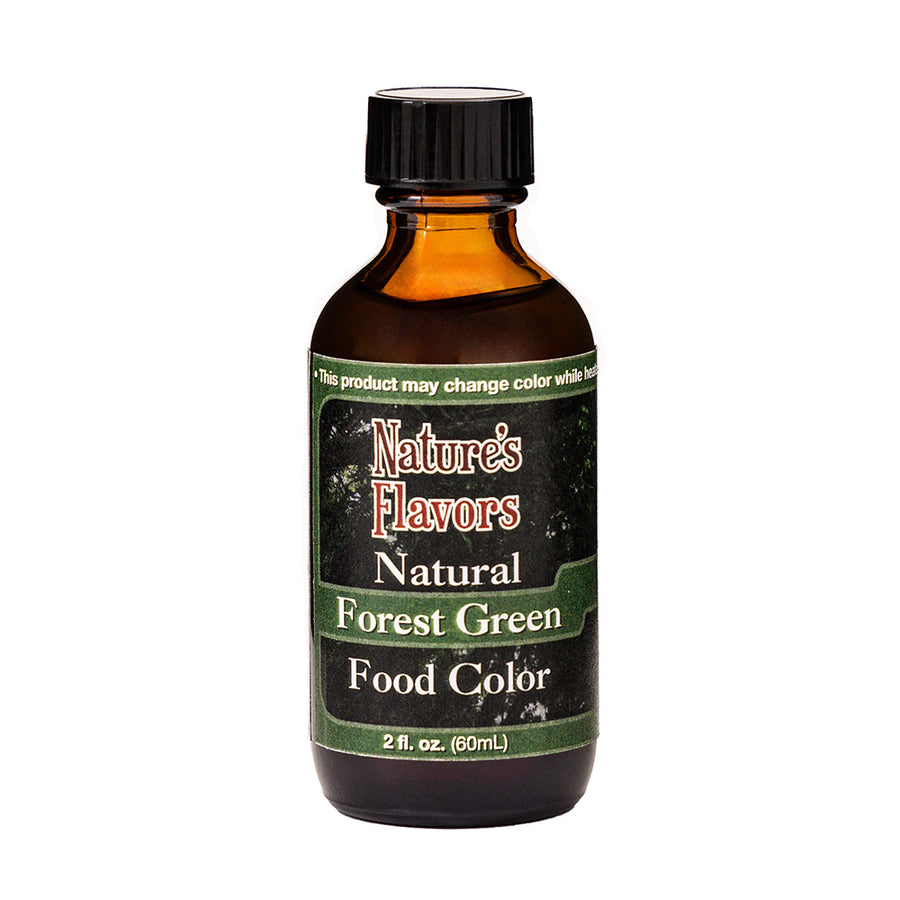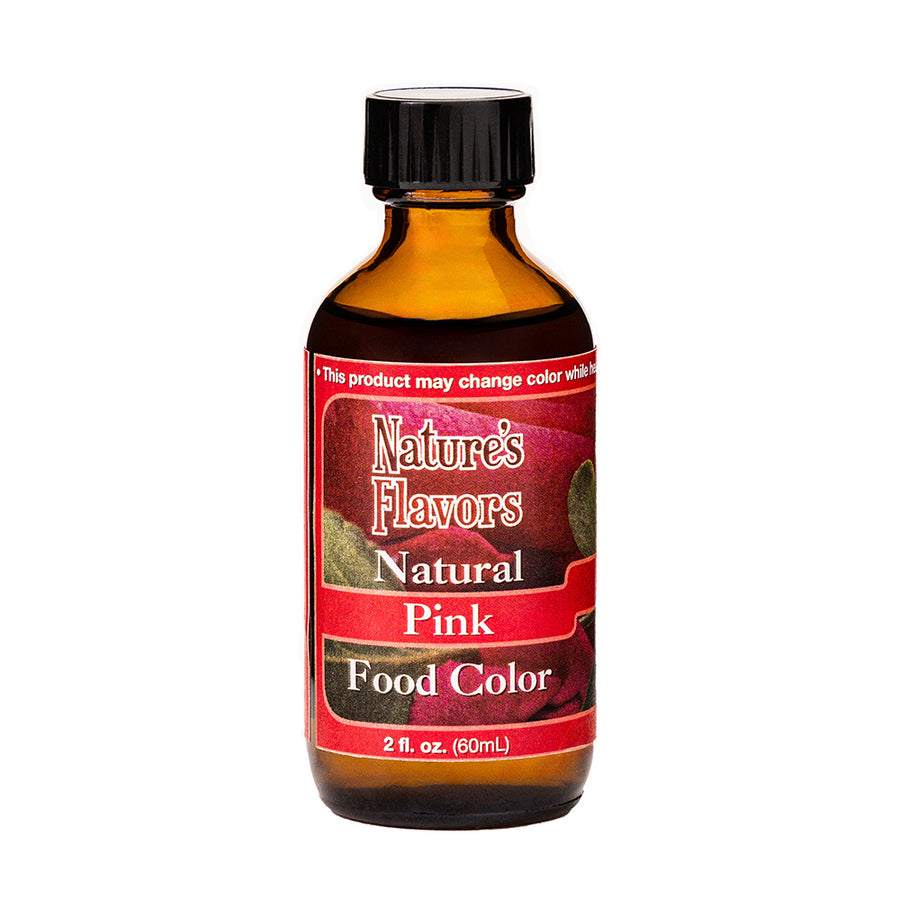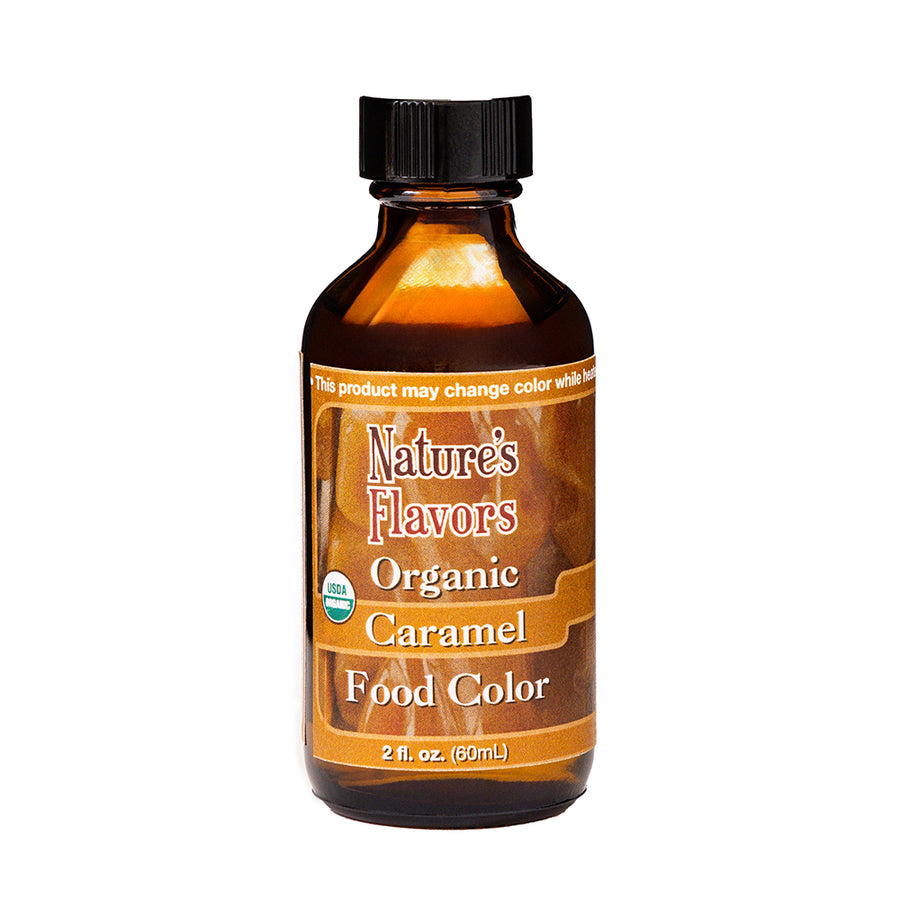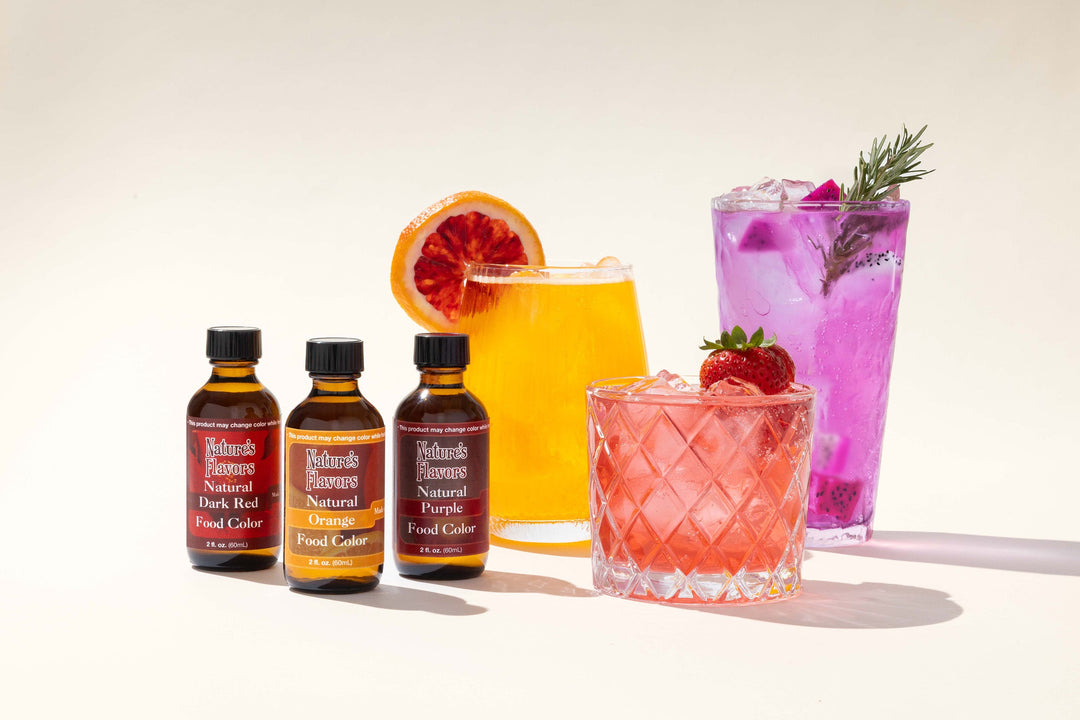Black Red Food Coloring (Organic) is a high-quality, organic food coloring designed to deliver a rich, deep hue to various culinary creations. This product is made from natural ingredients, ensuring it is free from synthetic additives and chemicals, making it a healthier choice for both professional chefs and home cooks. The vibrant black-red color is ideal for adding a dramatic touch to baked goods, confections, and savory dishes. Its organic formulation ensures it is safe for consumption and suitable for those who prefer natural ingredients in their food. The bulk packaging is perfect for commercial kitchens, bakeries, and food manufacturers who need a reliable and consistent colorant for large-scale production.
Applications: Black Red Food Coloring (Organic) is used by adding a small amount to your recipe to achieve the desired color intensity. It is perfect for use in cakes, cookies, frostings, sauces, and more.
Ingredients: This organic food coloring is made from a blend of natural plant extracts, ensuring a pure and potent color. The ingredients are carefully selected to provide a consistent and vibrant hue without compromising on quality or safety. The absence of artificial dyes and preservatives makes it a preferred choice for those seeking a natural alternative.
Benefit: The primary benefit of Black Red Food Coloring (Organic) is its ability to impart a striking color to food while maintaining an organic and natural profile. It is non-GMO, gluten-free, and vegan, making it suitable for a wide range of dietary preferences and restrictions. The bulk packaging offers cost-effectiveness and convenience for businesses that require large quantities of food coloring.
Storage: To maintain the quality and potency of Black Red Food Coloring (Organic), it should be stored in a cool, dry place away from direct sunlight. Ensure the container is tightly sealed after each use to prevent contamination and preserve freshness.
Caution: While this product is made from natural ingredients, it is important to use it as directed. Excessive use may alter the taste and texture of your food. Always conduct a patch test when using it for the first time in a new recipe to ensure compatibility.


